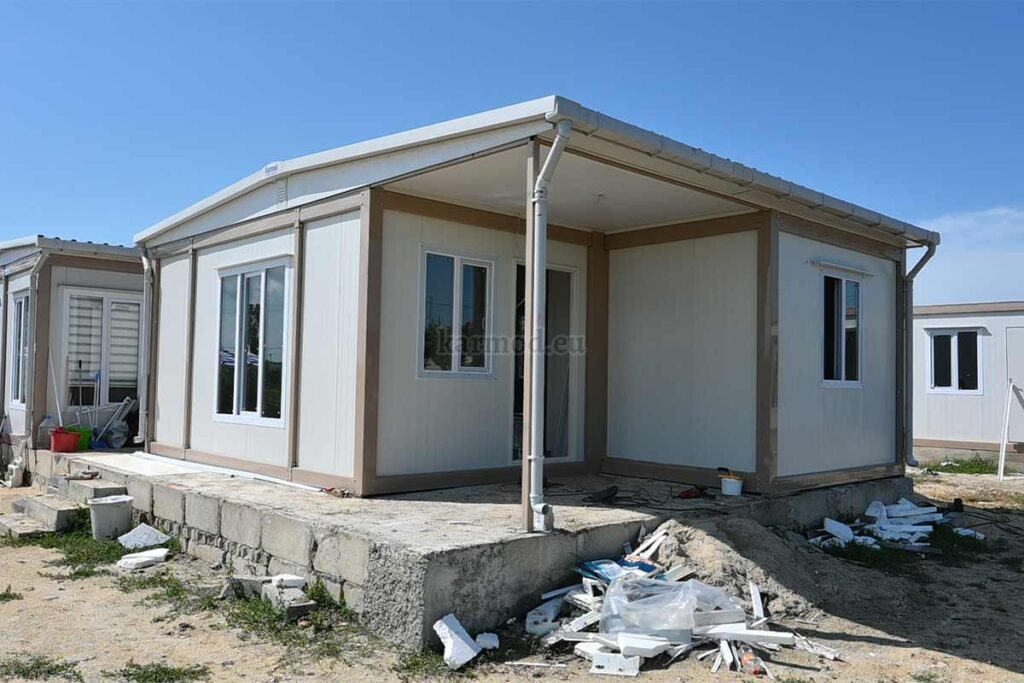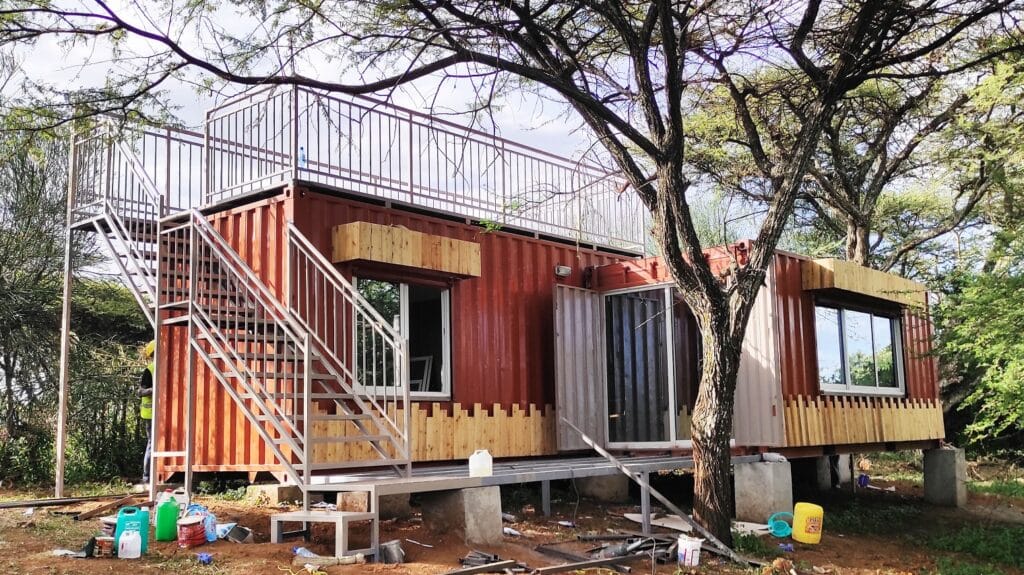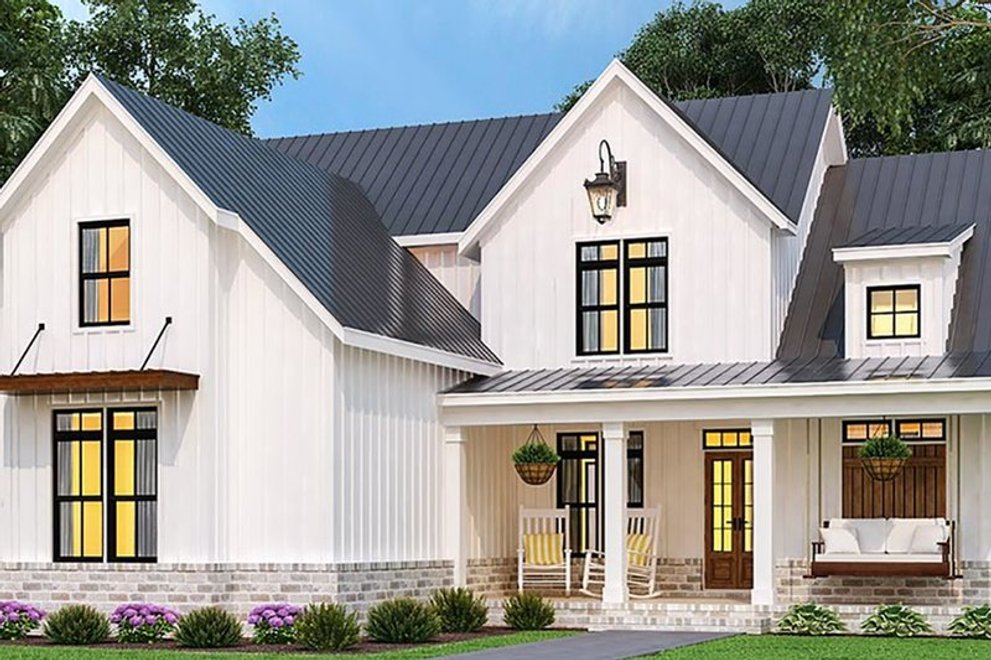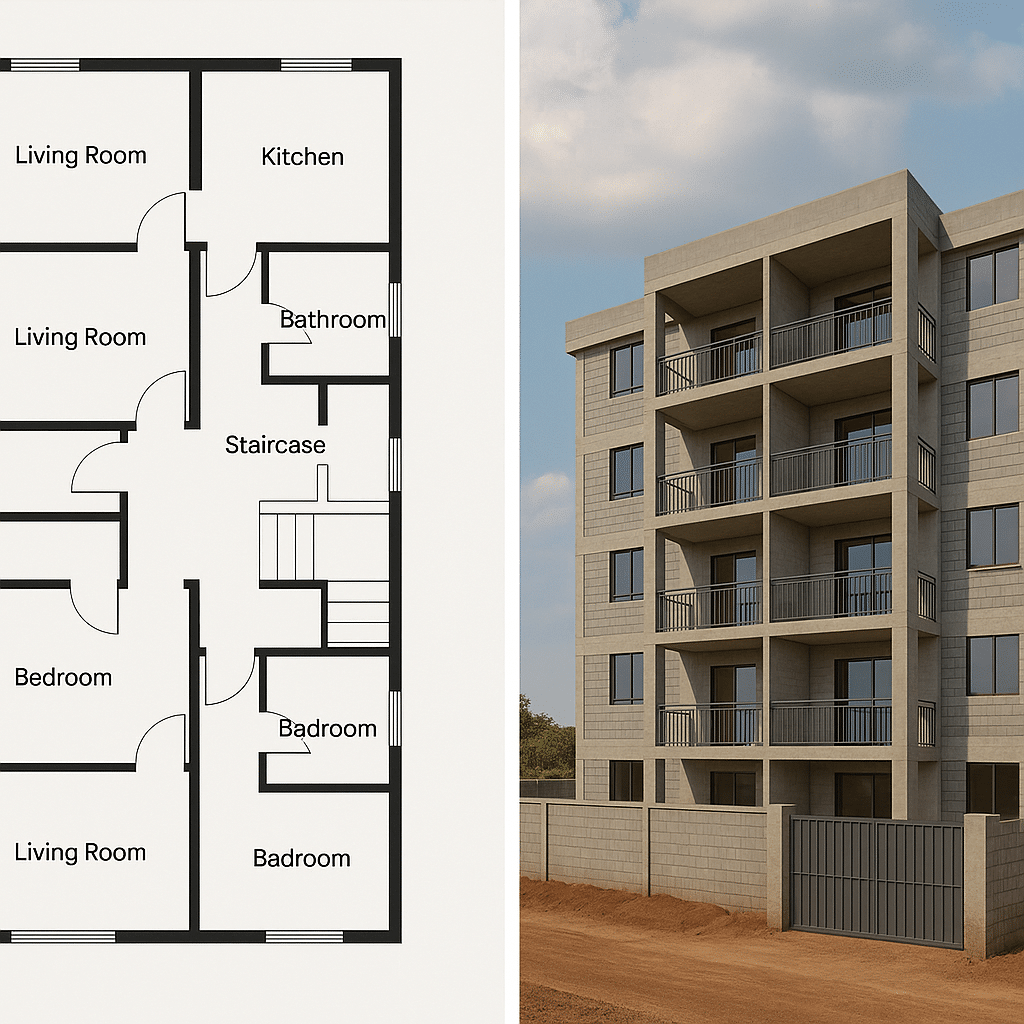Explore the cost of container homes in Kenya, including studio, one-bedroom, two-bedroom, and three-bedroom options. Learn about factors influencing pricing, benefits, and how to build your own container home.
Introduction
Container homes in Kenya have become a popular choice for individuals and families seeking affordable and modern housing solutions. With costs ranging from KES 400,000 for smaller units to over KES 4 million for larger, customised homes, these homes offer flexibility, quick construction, and sustainability. Modern container houses Kenya are not just cost-effective but also environmentally friendly, making them a viable alternative to traditional housing. This guide explores the costs, advantages, and practical steps to acquiring a shipping container home in Kenya.
Understanding Container Homes in Kenya
Container homes are becoming a modern solution to Kenya’s housing shortage. These homes are made from repurposed shipping containers, offering a durable and eco-friendly alternative to conventional buildings. Many homeowners prefer them for their affordability, modularity, and fast construction timelines. By understanding the concept of container homes, you can make a more informed decision when investing in one.
What Are Container Homes?
Container homes are residential structures built using steel shipping containers. Each container typically measures 20 to 40 feet in length, providing a versatile base for construction. The robust nature of steel containers ensures that the homes are structurally sound, safe, and weather-resistant. These homes can be stacked, combined, or modified to create various sizes and layouts to suit different family needs.

Materials and Construction Process
The primary material for container homes is high-grade steel, often reinforced to handle modifications and insulation. Construction involves retrofitting containers with doors, windows, plumbing, electrical wiring, and insulation. Flooring and interior finishes can vary depending on budget and aesthetic preferences. Modern container houses Kenya often incorporate eco-friendly materials such as recycled wood, bamboo panels, and energy-efficient fixtures to enhance sustainability.
Benefits Over Traditional Housing
Container homes are cost-effective, taking a fraction of the time to build compared to traditional houses. They are modular, allowing homeowners to expand vertically or horizontally without extensive construction. These homes also have a lower environmental footprint due to the reuse of shipping containers and reduced construction waste. Additionally, they are highly durable and can withstand harsh weather conditions when properly maintained.
Cost Breakdown of Container Homes in Kenya
The cost of container homes in Kenya varies significantly depending on size, customisation, materials, and location. Understanding the price ranges for different container home types will help you plan your budget effectively. Shipping container homes Kenya are generally more affordable than conventional homes, especially for small-scale units. The following breakdown provides detailed cost insights.
Studio (Bedsitter) Container Homes
Studio container homes in Kenya range from KES 400,000 to KES 650,000. These units are typically made from a single 20ft container, making them ideal for single occupants or as rental units. Despite their compact size, studios can be customised with essential amenities such as a small kitchenette, bathroom, and sleeping area. Their affordability makes them popular among young professionals and investors looking for rental properties.
One-Bedroom Container Homes
One-bedroom container homes cost between KES 600,000 and KES 1,100,000. Constructed from one or two 20ft or 40ft containers, they provide enough space for small families or couples. These units often include a separate bedroom, living area, kitchen, and bathroom. Modern designs incorporate large windows and smart layouts to maximise interior space while keeping costs manageable.
Two-Bedroom Container Homes
Two-bedroom container homes typically range from KES 1,000,000 to KES 2,200,000. Usually made by joining two 40ft containers or combining a 40ft and 20ft container, they offer sufficient space for families. Interiors can be customised with open-plan living areas, modern kitchens, and energy-efficient fixtures. This type of container home balances affordability with comfort, making it a practical choice for growing households.
Three-Bedroom Container Homes
Three-bedroom container homes in Kenya range from KES 2,500,000 to KES 4,000,000. These larger units require multiple containers and advanced structural modifications to create expansive living spaces. They are suitable for larger families and often feature multiple bathrooms, spacious living areas, and modern amenities. The high degree of customisation allows homeowners to design luxury container homes with all the conveniences of traditional houses.

Factors Influencing the Cost of Container Homes
Several factors determine the final price of container homes in Kenya. These include material quality, design complexity, location, and installation requirements. Understanding these factors helps buyers make informed decisions and optimise their budgets. Shipping container homes Kenya are affordable, but careful planning ensures no hidden costs.
Material Quality and Finishes
The type of materials used can significantly affect the cost of a container home. High-quality steel containers, premium insulation, flooring, and fixtures will increase overall expenses. Homes with eco-friendly finishes such as bamboo or recycled wood often cost more initially but save on energy and maintenance long-term. The choice of finishes allows homeowners to tailor aesthetics and functionality without exceeding their budget.
Customisation and Design Complexity
Custom designs, such as multi-story layouts or open-plan interiors, require additional labor and structural modifications. Adding features like large windows, skylights, or extended decks also increases costs. Homeowners seeking modern container houses Kenya often balance personalisation with budget constraints to achieve a functional yet stylish home.
Location and Transportation Costs
Container home delivery costs vary depending on distance from suppliers and site accessibility. Remote or urban locations may increase transportation expenses due to logistics and equipment needed for installation. Local regulations, land preparation, and utility connections further influence total costs. Proper planning and site assessment can help minimise these expenses.
Foundation and Installation Requirements
Foundations range from simple concrete slabs to more complex reinforced bases for multi-story units. Installation involves lifting containers into place, connecting utilities, and sealing joints to prevent leaks. Experienced contractors ensure structural stability and compliance with building codes, which may slightly increase costs but guarantee safety and longevity.

Advantages Of Choosing Container Homes in Kenya
Container homes offer numerous benefits that make them an attractive alternative to conventional housing. These homes are cost-effective, eco-friendly, and faster to construct. They are especially suitable for modern lifestyles and urban spaces, combining functionality with sustainability.
Affordability and Cost-Effectiveness
Container homes are significantly cheaper than conventional homes of similar size. Reduced material and labor costs contribute to lower overall expenditure. Additionally, modular designs allow for incremental expansion without significant financial strain. This affordability makes container homes an ideal choice for first-time homeowners and property investors.
Sustainability and Eco-Friendliness
By reusing shipping containers, these homes reduce construction waste and environmental impact. Modern container houses Kenya often incorporate solar panels, rainwater harvesting, and energy-efficient systems. These features promote green living and lower utility bills. Eco-conscious buyers prefer container homes for their minimal ecological footprint and sustainable design.
Durability and Low Maintenance
Steel containers are designed to withstand harsh weather, making container homes highly durable. Properly insulated and treated containers resist rust, pests, and structural deterioration. Maintenance is straightforward, often requiring only occasional painting, sealing, and minor repairs. Homeowners benefit from long-term durability and low upkeep costs.
Quick Construction Timelines
Container homes can be built and installed within weeks rather than months. Prefabricated modules simplify construction and reduce labor-intensive processes. Quick timelines are particularly advantageous in urban areas or for temporary housing needs. Speedy construction does not compromise quality, ensuring functional and safe living spaces.

How to Purchase and Build a Container Home in Kenya
Purchasing a container home involves research, planning, and understanding the procurement process. Selecting a reliable supplier and obtaining necessary permits are critical steps. Proper planning ensures smooth installation and a functional, durable home.
Selecting a Reputable Supplier
Choose suppliers with proven experience in building container homes. Check for portfolios, client testimonials, and local references. Reliable suppliers provide quality materials, timely delivery, and professional installation. They often offer post-construction support and warranties for added security.
Understanding the Procurement Process
The process typically includes design consultation, cost estimation, material procurement, and construction scheduling. Clients review and approve designs before fabrication begins. Transparent procurement ensures clients understand the scope, timeline, and total costs involved. Effective planning minimises delays and budget overruns.
Permits and Legal Considerations
Building a container home in Kenya requires approvals from local authorities. Permits include land use, zoning, and building approvals. Non-compliance may result in fines or forced removal. Understanding legal requirements ensures smooth construction and long-term legality.
Installation and Setup
Site preparation involves clearing, leveling, and laying foundations. Containers are delivered, lifted, and secured in place. Plumbing, electrical, and finishing works follow. Professional installation ensures structural integrity, safety, and compliance with building codes.

Interior Design Tips for Container Homes in Kenya
Container homes offer flexibility for interior design, allowing for modern, functional layouts. Efficient use of space is essential in smaller units. Interior aesthetics enhance comfort, energy efficiency, and livability.
Space Optimisation
Maximising storage and multifunctional furniture improves usability. Open-plan layouts and modular furniture create a sense of spaciousness. Vertical storage and wall-mounted solutions save floor space. Clever interior planning transforms compact containers into comfortable homes.
Natural Lighting and Ventilation
Adding windows, skylights, and ventilators improves air circulation. Natural lighting reduces energy costs and enhances ambiance. Properly placed openings create a healthier and brighter living environment.
Modern Finishes and Aesthetics
Use of neutral tones, contemporary flooring, and minimalistic décor creates a modern feel. Accent walls and textures add character without cluttering space. Sustainable materials and finishes improve both aesthetics and environmental impact.
Financing and Budgeting for Container Homes in Kenya
Planning finances is crucial for container home projects. Budgeting accounts for design, materials, labour, and unforeseen costs. Financial planning ensures affordability without compromising quality.
Estimating Costs Accurately
Include all construction phases: container purchase, modification, delivery, installation, and interior work. Factor in land preparation and utility connections. Accurate cost estimates prevent budget overruns.
Financing Options
Consider bank loans, microfinance, or personal savings. Some suppliers offer installment payment plans. Proper financial planning ensures the project remains viable without undue stress.
Cost-Saving Tips
Use standard container sizes to reduce fabrication costs. Prioritise essential modifications before luxury features. Engage reputable suppliers who provide quality materials at reasonable prices.

Conclusion
Container homes in Kenya offer an innovative, cost-effective, and sustainable housing solution. Understanding the cost, benefits, and building process helps buyers make informed decisions. Modern container houses Kenya combine durability, fast construction, and eco-friendliness, making them a viable alternative to conventional homes. For investors, homeowners, or renters, container homes represent a practical and modern choice for affordable housing.